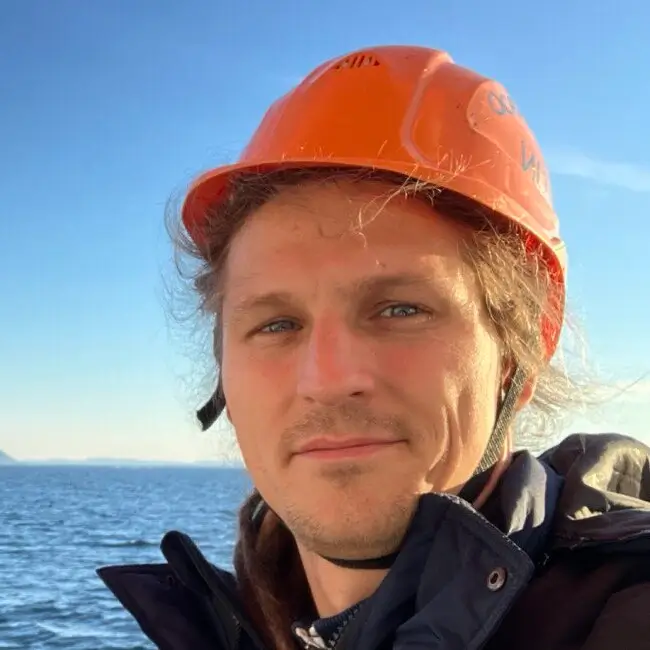
Kramskoy’s portrait of Litke, 1871.
The presidents of the Imperial Academy of Sciences (with the exception of the very first, the physician Blumentrost) were politicians, sometimes with a parallel historical and literary career. Only once did the chain of statesmen break, and the Imperial Academy of Sciences was headed by the sailor, geographer and admiral Fyodor Petrovich Litke. In 1817, at the age of 20, he was lucky enough to get into a two-year round-the-world voyage on the specially built sloop Kamchatka under the command of Vasily Golovnin.
This round-the-world voyage naturally had as its main goal the supply of the Russian colony in Alaska with an intermediate stop in Kamchatka. By the way, in the middle of the voyage Golovnin was elected in absentia as a corresponding member of the St. Petersburg Academy of Sciences. This was the first wake-up call for Litke: round-the-world voyages are a sure path to the Academy of Sciences.
After returning from the round-the-world voyage, Litke spent several summers on voyages to describe the shores of Novaya Zemlya on the brig Novaya Zemlya, specially built for this purpose. This is the tradition of naming ships in accordance with the geographical objects where these ships are going to be used. Our nuclear icebreakers Arktika, Sibir, Yamal, Taimyr, and Vaigach immediately come to mind.
Ten years after his first round-the-world voyage, Litke set off on his second, already as the commander of the expedition on the sloop Senyavin, specially built for this purpose. According to the existing logic of names, the round-the-world voyage on the sloop Senyavin should have gone to some geographical object with such a name. There were no geographical names in honor of Admiral Senyavin at that time, but Litke got out of the situation with honor and, as a true geographer, discovered new Senyavin Islands in the Pacific Ocean. Now the state of Micronesia is located on these islands. Upon returning from his second round-the-world voyage, Litke, at the age of 32, was elected a corresponding member of the St. Petersburg Academy of Sciences.
Sixteen years later, already with the rank of admiral, Litke became one of the main initiators of the creation of the Russian Geographical Society. Another 20 years later, Litke became President of the Imperial Academy of Sciences and headed it for 18 years. After the revolution, Litke (along with Sedov and Rusanov) was among the “correct” participants in the development of the Arctic in tsarist times.

A Soviet stamp with the icebreaker Litke named after the admiral.
In 1920, an ice cutter was renamed in Litke’s honor. At the beginning of the 20th century, there were different concepts of which vessels were most effective in ice. Along with icebreakers, which split the ice by rolling on top of it, icecutters were built, which cut the ice with a narrow and long nose. The concept of icecutters quickly lost to the concept of icebreakers, and the icecutter Litke remained the only actively floating icecutter in the Arctic. More than a dozen geographical objects in the Arctic, from Novaya Zemlya to Chukotka, were named after Litke. In 1934, the icecutter Litke sailed between them (that is, passed the Northern Sea Route) in one navigation from east to west, for the first time in human history. This is how oceanographer Litke discovered islands in the Pacific Ocean, but became a symbol of the development of the Arctic.

Leading Researcher, Head of Arctic Oceanography Laboratory
Shirshov Institute of Oceanology, Moscow Institute of Physics and Technology, Ocean Around Us

